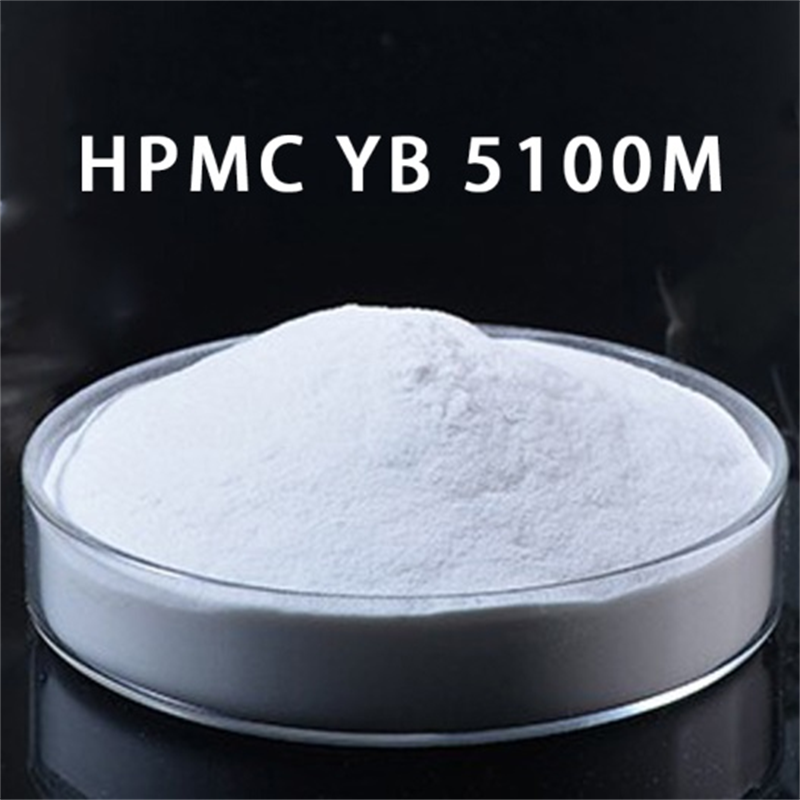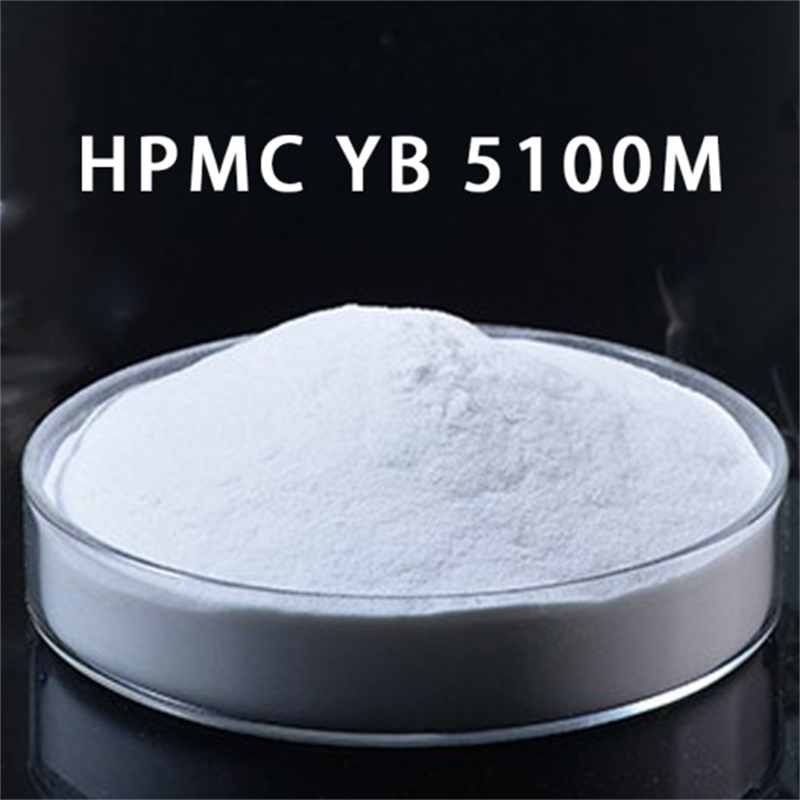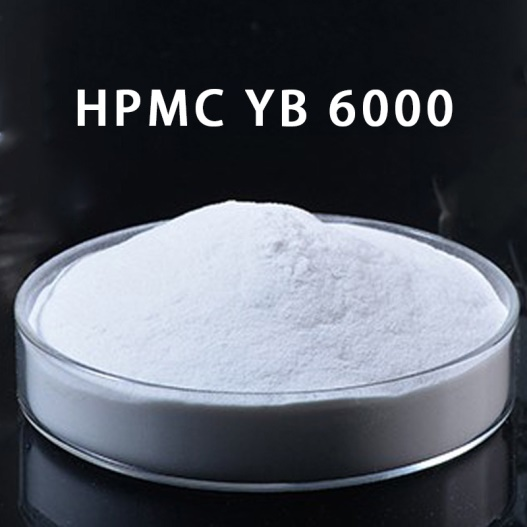
Products
HPMC YB 510M
Specification of HPMC YB510M
| Chemical name | Hydroxypropyl Methyl Cellulose |
| Synonym | Cellulose ether; Hypromellose; Cellulose, 2-hydroxypropyl methyl ether; Hydroxypropyl methyl cellulose; HPMC; MHPC |
| CAS number | 9004-65-3 |
| EC Number | 618-389-6 |
| Brand | EipponCell |
| Product Grade | HPMC YB 510M |
| Solubility | Water Soluble Cellulose Ether |
| Physical form | White to off-white cellulose powder |
| Methoxy | 19.0-24.0% |
| Hydroxypropoxy | 4.0-12.0% |
| Moisture | Max.6% |
| PH | 4.0-8.0 |
| Viscosity Brookfield 2% solution | 8000-12000 mPa.s |
| Viscosity NDJ 2% solution | 8000-12000 mPa.S |
| Ash content | Max5.0% |
| Mesh size | 99% pass 100 mesh |
Application of HPMC YB 510M
EipponCell HPMC YB 510M can be utilized in water-based paint and paint removers. Paint removers are substances, either solvents or pastes, designed to dissolve or swell coating films. They consist chiefly of strong solvents, paraffin, cellulose ether, among other ingredients.
In shipbuilding, various mechanical methods such as hand shoveling, shot blasting, sandblasting, high-pressure water, and abrasive jets are commonly employed to remove old coatings. However, when dealing with aluminum hulls, these mechanical methods can potentially scratch the aluminum surface. Consequently, sandpaper polishing and paint remover are often used as the primary means of removing old paint film.. Compared to sanding, using a paint remover offers advantages in terms of safety, environmental friendliness and efficiency.
Benefits of using paint remover include high efficiency, room temperature use, minimal corrosion to metals, simple application, and no need for additional equipment.. However, it is important to note that certain paint removers can be toxic, volatile, flammable and costly.. The development of new paint remover products, including water-based alternatives, has been on the rise in recent years.. These advances have resulted in improved paint removal efficiency and enhanced environmental performance.. Non-toxic, low-toxic and non-flammable products have gradually become more prevalent in the paint remover market.
Principle of paint stripping
The primary mechanism of paint remover relies on the utilization of organic solvents to dissolve and swell various types of coating films, thereby facilitating the removal of old paint layers from the substrate surface. When the paint remover penetrates the gaps between the polymer chains inside the coating, it initiates polymer swelling. As a result, the volume of the coated film increases, leading to a reduction in the internal stress generated by the expanding polymer. Eventually, this weakening of the internal stress disrupts the adhesion between the coated film and the substrate.
As the paint remover continues to act on the coated film, it progresses from localized swelling to broad sheet swelling. This results in the formation of wrinkles within the coated film and ultimately completely undermines its adhesion to the substrate.. Eventually, the coated membrane becomes compromised to the point where it can be effectively stripped from the surface.
Through this process, the organic solvent in the paint remover effectively breaks the chemical bonds within the coating film, weakening its structural integrity and creating the conditions for its removal.. This mechanism allows for the efficient elimination of old paint layers, facilitating surface preparation for repainting or other applications.
Classification of paint remover
Paint strippers can be classified into two main types based on the type of film-forming material they remove. The first type utilizes organic solvents such as ketones, benzenes, and volatilization retarder paraffin (commonly known as white lotion). These paint removers are primarily used to remove old paint films made of oil-based, alkyd-based, or nitro-based paints. They are typically formulated with volatile organic solvents, which can present flammability and toxicity issues. However, they are relatively inexpensive.
The second type of paint remover is a chlorinated hydrocarbon formulation, which consists primarily of dichloromethane, paraffin, and cellulose ether. This type is often referred to as a flush paint remover.. It is primarily used to remove cured old coatings such as epoxy asphalt, polyurethane, epoxy polyethylene, or amino alkyd resins.. This type of paint remover offers high paint removal efficiency, low toxicity, and a wide range of applications.
Paint removers containing dichloromethane as the primary solvent can also be further classified based on pH values.. It is divided into neutral paint removers with a pH value of approximately 7±1, alkaline paint removers with a pH value above 7, and acidic paint removers with a lower pH value.
These different types of paint removers offer options for effectively removing specific types of paint films, offering varying levels of toxicity, efficiency, and suitability for application.. It is essential to select an appropriate paint remover based on the specific coating to be removed and the desired safety and performance requirements.
Documents of HPMC YB 510M
Recommended HPMC for Building & Construction


Address
Mayu Chemical Industry Park, Jinzhou City, Hebei, China
Tel/Whatsapp
+86-311-8444 2166
+86 13785166166 (Whatsapp/Wechat)
+86 18631151166 (Whatsapp/Wechat)
Latest information
news








